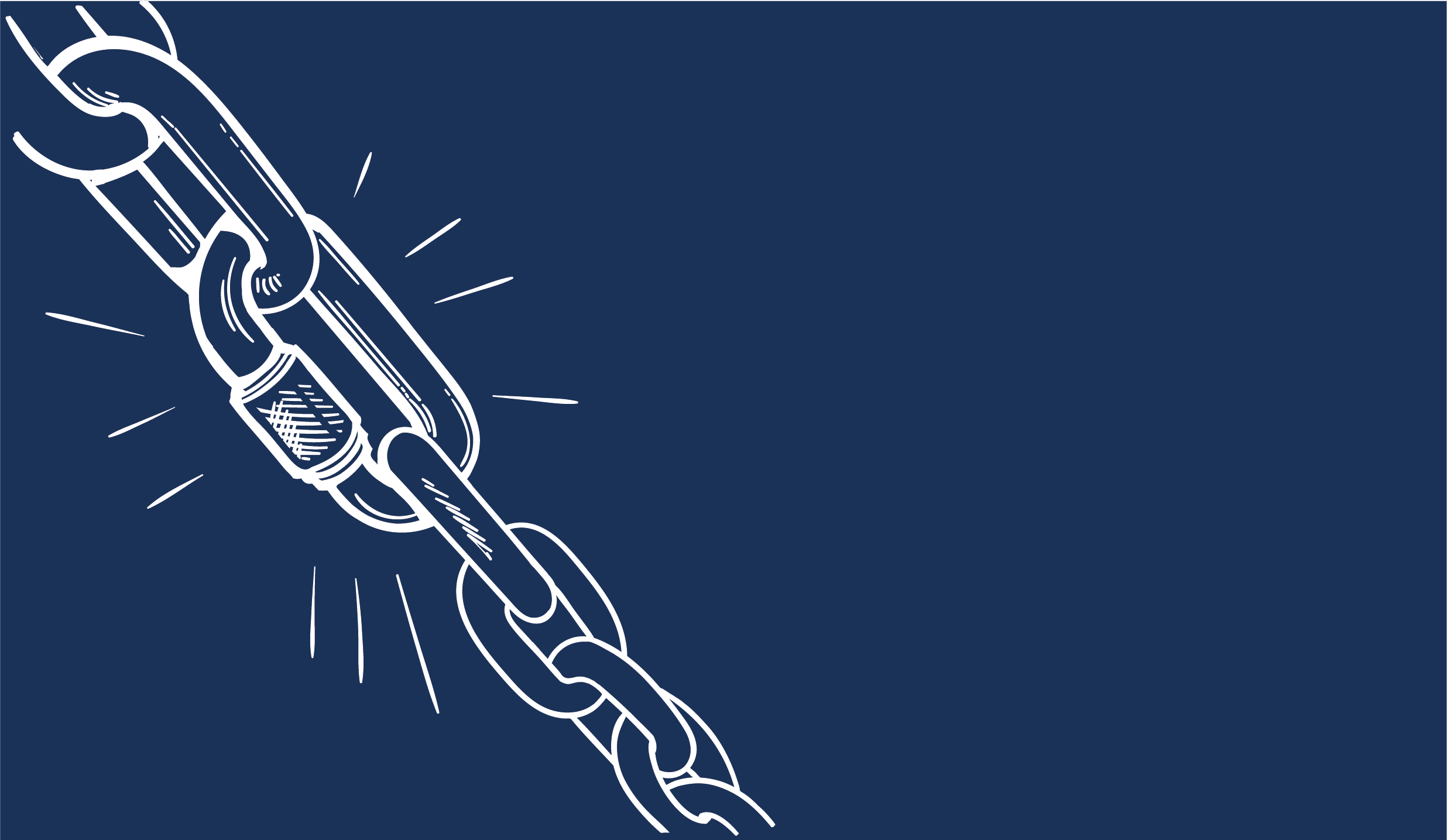In Part One of this series on the security of your funds, we discussed the answer to the question How safe are my investments and pensions with Metis Ireland?. I mentioned that your money bypasses Metis Ireland and goes directly to the insurance or investment platform company. So, how do you know if your assets are protected when they arrive in their bank accounts?
Insurance Companies
The insurance sector is a key provider of long-term saving and investment products in the Irish economy. It’s especially popular among households and pension funds. The dominant products are structured as unit-linked policies, where investment decisions and risks predominately sit with policyholders rather than the insurer.
Your assets linked to your policy are legally owned by the insurance company. They may be appropriately ring-fenced and protected so that in the event of insolvency they can be used to pay the claims of policyholders. However, in Ireland there’s currently no statutory investor protection or compensation schemes for life assurance companies who hold deposits, nor for customers who hold policies with life assurance companies.
MIFiD Investment Firms
There’s a key difference between the traditional insurance companies and trading platforms such as Davy Select. Insurance companies do not operate to MiFID II Standards, whereas trading platforms do.
What’s the difference? Assets invested with an insurance company are owned by that company and sit on their balance sheet until they’re drawn down. This leaves a potential risk of losing your assets if the insurer were to go bankrupt.
With a trading platform, however, your assets invested are held in one of two ways:
1. Cash (including cheques, current and deposit account balances) is held by the firm on behalf of clients. These are held in pooled or individual client asset accounts with regulated credit institutions and are protected by CAR (details below).
2. Client financial instruments (equities and bonds) are held by a nominee service. You remain the beneficial owner of these investments at all times. The nominee is the legal owner and can buy and sell units on your instruction, but isn’t entitled to the asset and can’t benefit from its income or capital. This means that your assets are still owned by you. Should the platform provider go bankrupt, these assets won’t be on their balance sheet.
Client Asset Requirements
As the client, your assets are protected by regulations set by Central Bank of Ireland’s Client Asset Requirements (CAR).
The overall purpose of CAR is to safeguard client assets. They ensure that MiFID firms adhere to general principles and prescriptive requirements in this regard. The objectives of the client asset regime are:
- Maintain public confidence in the client assets regime;
- To minimise the risk of loss or misuse of client assets by authorised entities;
- In the event of the insolvency of an entity, enabling the efficient and cost-effective return of those assets to clients.
Seven Principles of CAR
There are seven core principles of the Central Bank’s CAR regime.
1. Segregated accounts
A firm must physically hold, or arrange for the holding of, client assets separate from the firm’s own assets. Maintaining account segregation helps to ensure that clients’ assets are protected and can be easily returned in case of a bankruptcy or other financial problems with the firm.
2. Designation and Registration
A firm must clearly identify client assets in its internal records and in the records of third parties. The client assets must be identifiable and separate from the firm’s own assets.
3. Reconciliation
A firm must keep accurate books and records. When requested, they should be able to provide, without delay, an accurate record of a) the client assets held for each client and b) the total held in the client asset account. They must conduct a reconciliation between internal records and those external records of any third party with whom client assets are held.
4. Daily Calculation
Each working day a firm must ensure that the aggregate balance on its client asset bank accounts as at the close of business on the previous working day is equal to the amount it should be holding on behalf of its clients.
5. Client Disclosure and Client Consent
A firm must provide information to its clients informing them how and where their client assets are held, and the resulting risks thereof.
6. Risk Management
A firm must apply systems and controls that are appropriate to identify risks in relation to client assets and should put in place mitigants to counteract these risks.
7. Client Asset Examination
A firm should engage an external auditor to report at least on an annual basis on the firm’s safeguarding of client assets.
The CAR regime recently underwent a review. One key update to the regime is that, from 1st January 2024, it will also apply to Credit Institutions Register who undertake MiFID investment business.
What next?
I hope the above has helped answer any concerns you have about the security of your assets. If you want to know more, our team are here and happy to answer any of your questions. Please don’t hesitate to give us a call on 01 908 1500 or email us at info@metisireland.ie.
Sinéad Clinton Caldas BA, LCI, QFA, CFCP, CDPO
Head of Compliance
Head of Anti-Money Laundering and Counter Terrorist Financing Legislation Compliance
Disclaimer
Metis Ireland Financial Planning Ltd t/a Metis Ireland is regulated by the Central Bank of Ireland.
All content provided in these blog posts is intended for information purposes only and should not be interpreted as financial advice. You should always engage the services of a fully qualified financial adviser before entering any financial contract. Metis Ireland Financial Planning Ltd t/a Metis Ireland will not be held responsible for any actions taken as a result of reading these blog posts.





